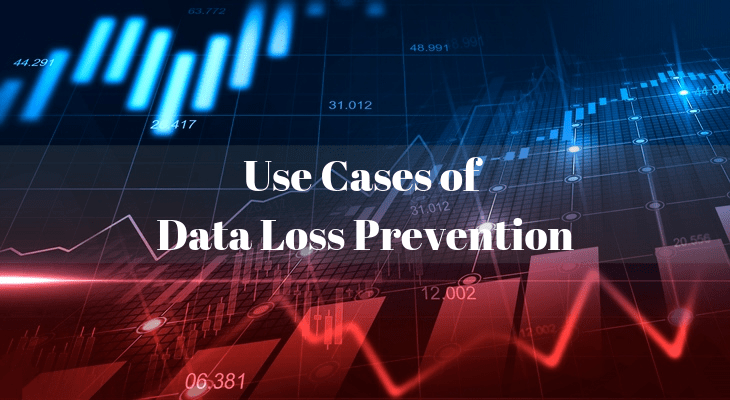Current Scenario
The enormous growth in internet usage, the technological transformation, and advanced methods of tracking and monitoring your information has led to the risk of manipulating your data. But, it has also led to the use of data loss prevention methods to prevent personal & business database manipulation.
What is Data Loss Prevention?
Data Loss Prevention and Protection can be termed as a strategy used by organizations to protect and ensure sensitive information is not leaked outside the pre-defined limits.
It is also used to describe software tools which help an IT administrator to control end-user data transfer.
What does the Data Loss Prevention Tool do?
A data loss prevention tool protects the end-points and securely prevents leakage. While these tools may not be able to protect the information from the hackers; it will at least prevent internal data leakage.
Data Loss Prevention tools or as they are more commonly known “DLP” are generally categorized into two types.
1. Enterprise DLP- These tools are packaged in software for servers and desktops, virtual & physical appliances for monitoring email traffic & networks
2. Integrated DLP- It is limited to cloud access security brokers (CASBs), enterprise content management (ECM) platforms, secure web gateways (SWGs), email encryption products, data filtering tools, and discovery tools.
Methods to Trigger a Policy Violation
Fingerprint Scanning: it is commonly known as the exact info matching method, it looks for exact matches from a live or dumps database. This is an alternative for a structured database.
Regular Expressions: It is the most common analysis technique which includes engines, analyzing content for the pre-defined set of rules such as social security numbers. It is an excellent filter as the rules can be processed with ease and conviction. But a high false-positive rate is probable.
Exact Matching of the files: In this method, contents of files are not analyzed; but the hashes of files are matched. This minimizes the low false positives; even though this approach does not work for files with multiple non-identical but similar versions.
Stat Analysis: This method uses Machine Learning (ML) or stats-based methods such as Bayesian analysis to trigger the violations. But it requires a large volume to eradicate the false positives.
Best Tools to Protect Your Data
While there are numerous data protection tools available in the market, I have enlisted a few tools which I feel are more useful, convenient, and cost-effective.
- Symantec DLP
- Scalable
- Cloud Coverage
- Enterprise-oriented
- McAfee Total protection
- Sensitive info prioritization
- Complex analysis
- Forensic analysis
- Digital Guardian Opaque DLP
- OS Flexibility
- Deployment flexibility (On-prem, cloud, etc.)
Conclusion:
While there will always be a possibility of different manners of data leaks, we can at least have a reliable and effective solution with the Data Loss Prevention to prevent the unintentional data leaks.
It doesn’t come as a surprise that many organizations are implementing a DLP tool as the primary step to prevent data leak or data theft.
You May Also Like to Read:





